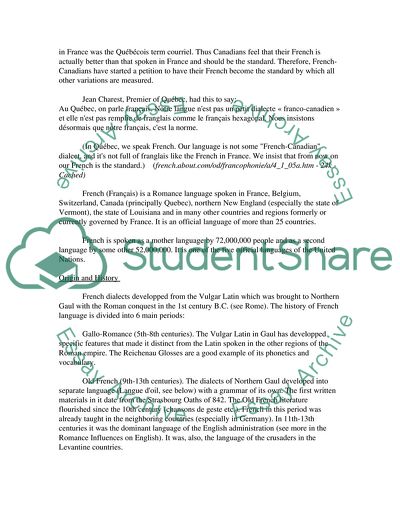Cite this document
(A Comparative Analysis of French and Italian Languages Essay, n.d.)
A Comparative Analysis of French and Italian Languages Essay. https://studentshare.org/education/1712543-a-comparative-analysis-of-the-formation-of-standard-french-and-standard-italian-historical-background
A Comparative Analysis of French and Italian Languages Essay. https://studentshare.org/education/1712543-a-comparative-analysis-of-the-formation-of-standard-french-and-standard-italian-historical-background
(A Comparative Analysis of French and Italian Languages Essay)
A Comparative Analysis of French and Italian Languages Essay. https://studentshare.org/education/1712543-a-comparative-analysis-of-the-formation-of-standard-french-and-standard-italian-historical-background.
A Comparative Analysis of French and Italian Languages Essay. https://studentshare.org/education/1712543-a-comparative-analysis-of-the-formation-of-standard-french-and-standard-italian-historical-background.
“A Comparative Analysis of French and Italian Languages Essay”. https://studentshare.org/education/1712543-a-comparative-analysis-of-the-formation-of-standard-french-and-standard-italian-historical-background.


